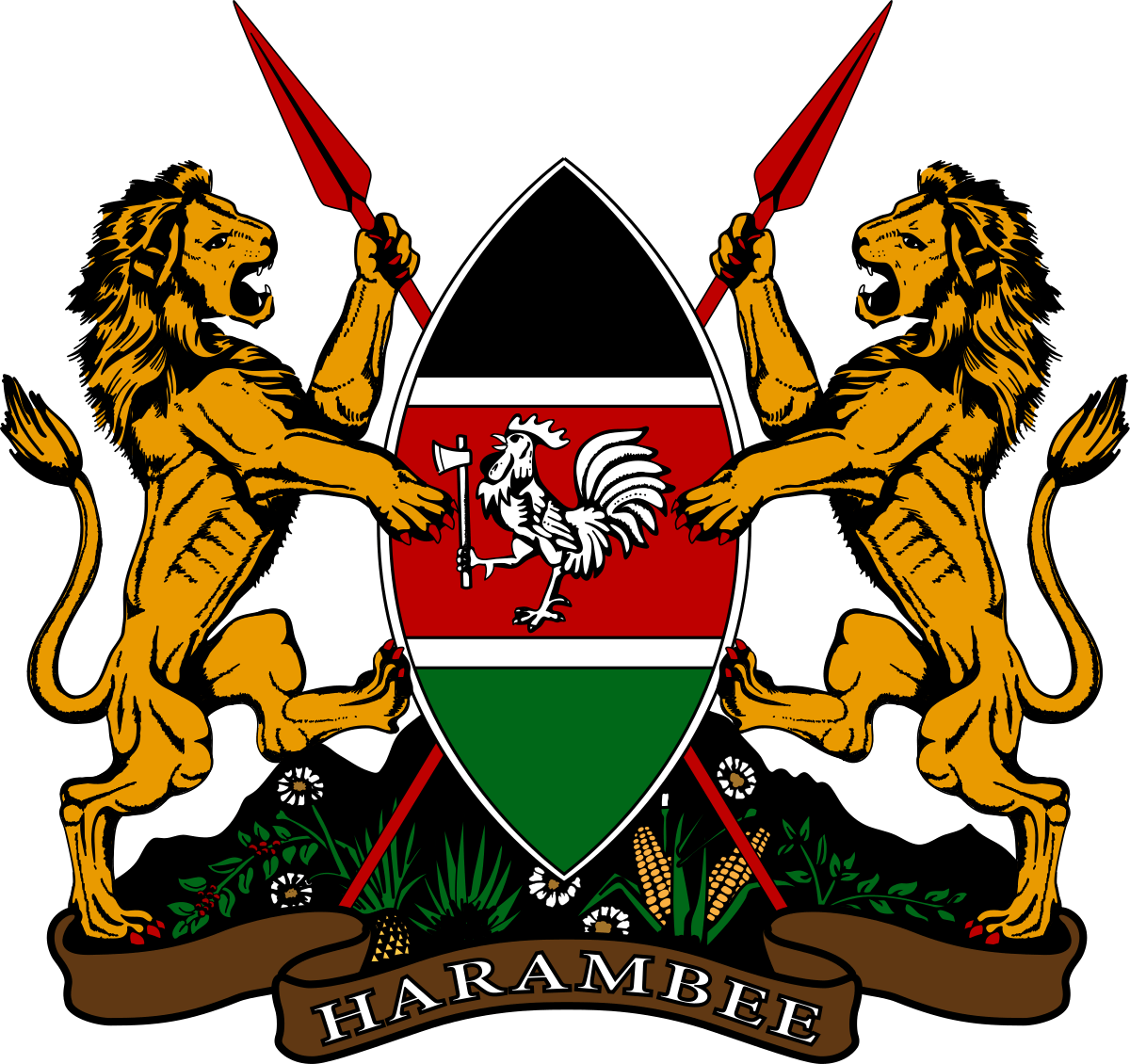National Museums of Kenya (NMK) is a state corporation established by an Act of Parliament, the Museums and Heritage Act 2006. NMK is a multi-disciplinary institution whose role is to collect, preserve, study, document and present Kenya’s past and present cultural and natural heritage. This is for the purposes of enhancing knowledge, appreciation, respect and sustainable utilization of these resources for the benefit of Kenya and the world, for now and posterity. NMK’s mutual concern for the welfare of mankind and the conservation of the biological diversity of the East African region and that of the entire planet demands success in such efforts.
In addition, NMK manages many Regional Museums, Sites and Monuments of national and international importance alongside priceless collections of Kenya’s living cultural and natural heritage. As an institution that must respond to the growing needs of the society, NMK is striving to contribute in a unique way to the task of national development.
- Museums in Kenya
- Nairobi National Museum The Museum aims to interpret Kenya’s rich heritage and offers a one stop for visitors to sample the country’s rich …
- Nairobi Snake Park Introduction Nairobi Snake Park is one of the NMK attractions located adjacent to Nairobi National Museum and is extremely popular …
- Nairobi Gallery Historical Background Located at the intersection of Kenyatta Avenue/ Uhuru Highway in the heart of Nairobi City is the Nairobi …
- Karen Blixen Location and Historical Background Karen Blixen Museum was once the centre piece of a farm at the foot of the …
- Lamu Museum Lamu Museums are located in the Lamu Archipelago on the N. Coast, one of the most beatiful & serene locations …
- Malindi Museum Historical Background The building was bought from the Bohra community for 2,000 English Pounds after a longer period of occupation …
- Kisumu Museum Location and Historical Background Kisumu Museum is located in Kisumu town along the Kisumu – Kericho highway. It was opened …
- Kitale Museum The museum was the first of the Inland museums to be developed in Kenya. It used to be known by …
- Desert Museum Geographical Location and Historical Background Located on top of a hill, with a backdrop of the picturesque Lake Turkana, also …
- Kapenguria Location and Historical Background The Kapenguria museum was opened in 1993. It is located in Kapenguria town, at the site …
- Meru Historical Background The creation and further the establishment of Meru museum as one of the regional museums of the National ...
- Hyrax Hill Historical Background Located within Nakuru town, Hyrax Hill Museum depicts the lifestyle of seasonal settlement by prehistoric people at least …
- Kabarnet Historical Background Kabarnet museum opened its doors to the public in 1996 in the former District Commissioner Residence. It has …
- Narok Historical Background The National Museums of Kenya has setup a Museum in Narok with exhibitions of pictures and artifacts to …
- Rabai Museum Historical Background and Geographical Location Rabai is well known in the annals of history as the place where Christianity and …
- Wajir Museum Geographical Location and Historical Background The Wajir Museum was officially open on 19th April, 2011. The main objective of this …
- Tambach Museum Geographical Location and Historical Background Tambach Museum is located in Tambach Town, Elgeiyo/Marakwet County, approximately 42 kilometres from Eldoret Town …
- Nyeri Museum Historical Background Nyeri Museum is housed in a National monument which was once used as a “Native law court”.
- Sites & Monuments
- Gede Historical Background Gede ruins are the remains of a Swahili town, typical of most towns along the East African Coast …
- Kariandusi Historical Background The Kariandusi archaeological site is amongst the first discoveries of Lower Paleolithic sites in East Africa. There is …
- Fort Jesus The site is located in Mombasa Island which is in the Coast province of Kenya. It lies a distance of …
- Takwa Historical Background Takwa ruins are the remains of a thriving 15th and 16th century Swahili trading town before it was …
- Thimlich Ohinga Historical Background Thimlich Ohinga literally refers to a “frightening dense forest” in Dholuo language, a Nilotic group who occupy the …
- Songhor Geographical Location and Historical Background The site is situated in Nyando District, Nyanza Province. The site was gazzetted in 1982 …
- Siyu Fort Historical Background Siyu is the only town that built a fort of its own, unlike Mombasa and Lamu where the …
- Mnarani Historical Background The site was first occupied in the early 14th century but the first mosque; the Great Mosque was …
- Jumba La mtwana Historical Background The full name Jumba la Mtwana means in Swahili “the large house of the slave”. Within this area …
- Koobi Fora Historical Background In the language of the Gabbra people who live near the site, the term Koobi Fora means a …
- Uhuru Gardens Geographical Location Located along Langata road, 15 minutes drive from the city center, is Uhuru Gardens, Kenya’s largest Memorial Park …
- Olorgesailie Historical Background Located along Magadi road, an hour’s drive and 70kms away from Nairobi,Olorgesailie pre-historic site is world renown
